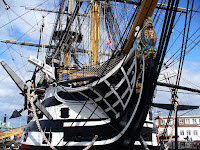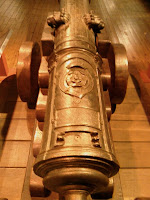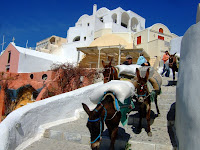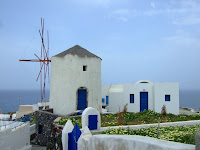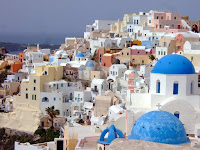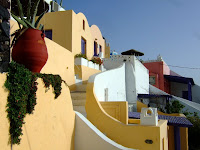 The forecasters promised snow overnight, and we woke up in our hotel room in Southampton, to find a white world outside. It was truly beautiful, as we drove out of Southampton, across the New Forest. But first, we did a walk in freezing temperatures around the old Southampton Town Walls. There are many sections still intact, one of which was the old sea wall.
The forecasters promised snow overnight, and we woke up in our hotel room in Southampton, to find a white world outside. It was truly beautiful, as we drove out of Southampton, across the New Forest. But first, we did a walk in freezing temperatures around the old Southampton Town Walls. There are many sections still intact, one of which was the old sea wall. From there, we drove through snow-covered fields to Highcliffe Castle near Christchurch. This building is stunning in both design and location at the top of seaside cliffs. But the outside appearance is deceptive as the inside was destroyed by 4 separate deliberately lit fires in 1968. Photographs from 'Country Life' show how magnificent this Victorian 'Castle' was, and it seems a wicked waste. It is currently undergoing a very long restoration project by its current owners - the Christchurch City Council.
From there, we drove through snow-covered fields to Highcliffe Castle near Christchurch. This building is stunning in both design and location at the top of seaside cliffs. But the outside appearance is deceptive as the inside was destroyed by 4 separate deliberately lit fires in 1968. Photographs from 'Country Life' show how magnificent this Victorian 'Castle' was, and it seems a wicked waste. It is currently undergoing a very long restoration project by its current owners - the Christchurch City Council. From here we drove through the seaside towns of Bournemouth & Poole to Wimborne Minster. This is a gem of a town. The Minster is stunning inside and out, and has interesting features, such as a grenadier striking the bells outside every 1/4-hour, and an astronomical clock inside. Along with the usual tombs and effigies inside, is a chained library, sadly not open on weekends, although a video gives a good look at it. The Minster is also home to the only ‘brass’ to mark the burial site of an English monarch, King Ethelred.
From here we drove through the seaside towns of Bournemouth & Poole to Wimborne Minster. This is a gem of a town. The Minster is stunning inside and out, and has interesting features, such as a grenadier striking the bells outside every 1/4-hour, and an astronomical clock inside. Along with the usual tombs and effigies inside, is a chained library, sadly not open on weekends, although a video gives a good look at it. The Minster is also home to the only ‘brass’ to mark the burial site of an English monarch, King Ethelred.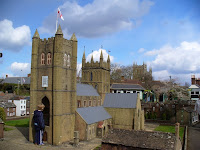 Wimborne Minster is also home to a 1/10-scale model of itself. Opened in 1951 it fell into disrepair in the 80s before being rescued and re-opened in 1991.
Wimborne Minster is also home to a 1/10-scale model of itself. Opened in 1951 it fell into disrepair in the 80s before being rescued and re-opened in 1991.Our final destination was Breamore House. We made it in time for their final tour of the day. It is a beautiful Elizabethan house, built in the traditional E shape.
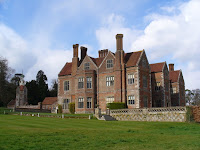 The tour takes in a lot of the house, and was one of the better tours we have done. All contents are original to the house, and it is still lived in the descendants of the one family who have been there for 250 years. They also have a countryside museum, but we didn't have time to do justice to this.
The tour takes in a lot of the house, and was one of the better tours we have done. All contents are original to the house, and it is still lived in the descendants of the one family who have been there for 250 years. They also have a countryside museum, but we didn't have time to do justice to this.A good inch of snow still covered the motorway banks on our way home along the M3. It would appear that the snowstorm was extensive.



